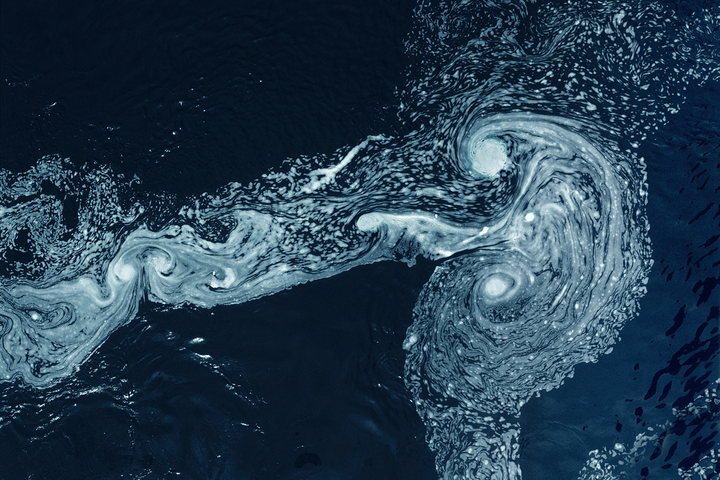FishPath (NO)
 Can turbulent eddies be used to safely guide trout, salmon and eels past hydropower plants? Photo from nina.no
Can turbulent eddies be used to safely guide trout, salmon and eels past hydropower plants? Photo from nina.no
Project Background
Fish on their downstream migration in rivers often encounter hydropower dams and intakes and tend to follow the main flow into the turbines where they may be injured or killed. While fine-meshed racks with a bypass can prevent fish from entering, they are costly and challenging to install and operate, particularly in larger systems. Thus, many hydropower sites have no or poor protection systems for downstream migration. Despite recent promising results on fish guidance racks, there is a need to develop next generation systems that are cost-effective, easier to operate and provide high guidance efficiency at low power production losses. Via their sensory systems, fish can detect turbulent circular currents (eddies) in the water, and respond to them either by avoiding or by exploiting them for swimming. In FishPath we will utilize these abilities to develop turbulent eddies based guiding system for salmon, trout and eel. To do so, we first need to explore the behavior of eddies created by different objects (e.g. cylinders and hydrofoils) in the flow and how the fish species respond to different types of eddies. The project will combine laboratory experiments with field experiments to explore promising systems for safe fish guidance. Go to the official project site.
High-Resolution Fish Tracking
Tracking with acoustic telemetry and YAPS is a central part of the field testing of guidance solutions. The work was started in spring 2021, with tracking of downstream migrating smolts in the Mandalselva river. For this purpose, the Lotek Wireless 200 kHz system previously successfully used at the site were used. Additionally, we established a JSATS tracking system at the site. Moreover, we tested pressure tags for the JSATS, which we found very promising for future tag miniaturization and ability for 3D tracking of small fish. To our knowledge, this is the first 3D JSATS tracking in Europe.
Project Partners
The tracking is part of a larger project lead by Dr. Ana Silva, NINA, Norway.